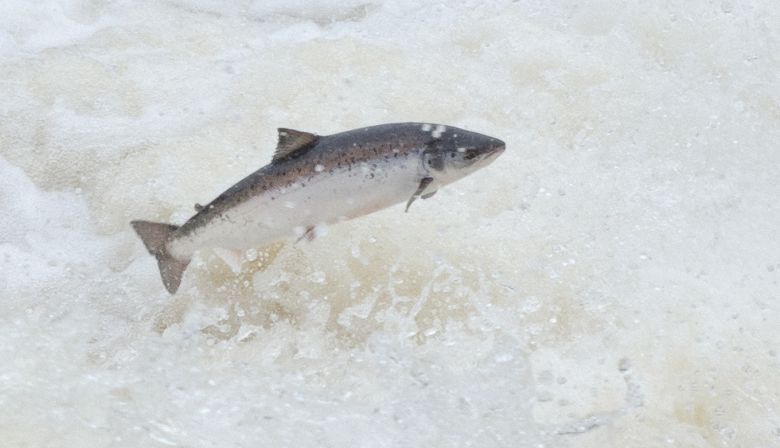We should not be surprised to learn that provincial stocks of wild Atlantic salmon are in serious trouble. This is nothing new, as stocks have declined significantly in the past 100 years.
In 1931, about 6,000 metric tonnes of salmon were caught by all users in Canada (anglers, commercial, Indigenous). That harvest dropped to slightly less than 100 tonnes in 2019, with all of these fish taken by anglers and Indigenous communities.
Annually since 2016, over half of the rivers monitored by DFO in this province have shown significant declines in returns. In assessing the status of rivers, DFO classifies them as healthy, where stocks can be harvested; cautious, where stocks are in decline and management should be careful; and critical, where rivers do not produce enough salmon eggs to replace salmon caught — in other words, continued exploitation will see these stocks decimated. In 2018 and 2019, DFO scientists expressed alarm about the status of stocks stating “removals of salmon should be reduced to avoid reaching the critical zone.” DFO management ignored this scientific advice and continued to allow anglers to kill off thousands of salmon in rivers in critical and cautious zones in 2019 and 2020.
DFO’s Wild Atlantic Salmon Implementation Plan for 2019- 2021 states: “The conservation of wild Atlantic salmon populations, their genetic diversity and their habitats must be given the highest priority in management decisions.” Great statement, but conservation was certainly not the highest priority in recent years.
DFO also ignores their international obligations with NASCO (the North Atlantic Salmon Conservation Organization) by not adopting a “precautionary management” approach. Allowing the kill of salmon in rivers that are in a critical zone is irresponsible and not precautionary management.
Last week, DFO’s scientific report on last year’s salmon returns indicated continued concern, stating that only seven of 17 rivers monitored in this province were considered healthy.
It seems DFO management is more interested in achieving some sort of a political balance between retention (kill) anglers and non-retention (catch-and-release anglers) versus taking their responsibility seriously and managing salmon stocks for future generations. In so doing, DFO is managing the resource into extinction. Is that what Newfoundlanders and Labradorians want?
I think not. Is that the legacy we will leave for our children? I hope not.
DFO should eliminate salmon retention in 2021 in rivers designated critical, and reduce catches in other rivers.
In the past, anglers blamed commercial fishers for the salmon’s decline. We blamed the Indigenous fishers, the Greenlanders, St-Pierre fishers, seals, merganser ducks, gannets. But we never really accepted any of the blame. If we continue to kill the salmon knowing what we do about their status, all of the blame will be with us. The past 300 years we have attempted to save the salmon for us. Now we need to save them from us.
Donald Hustins, angler, conservationist
St. John’s, NL
